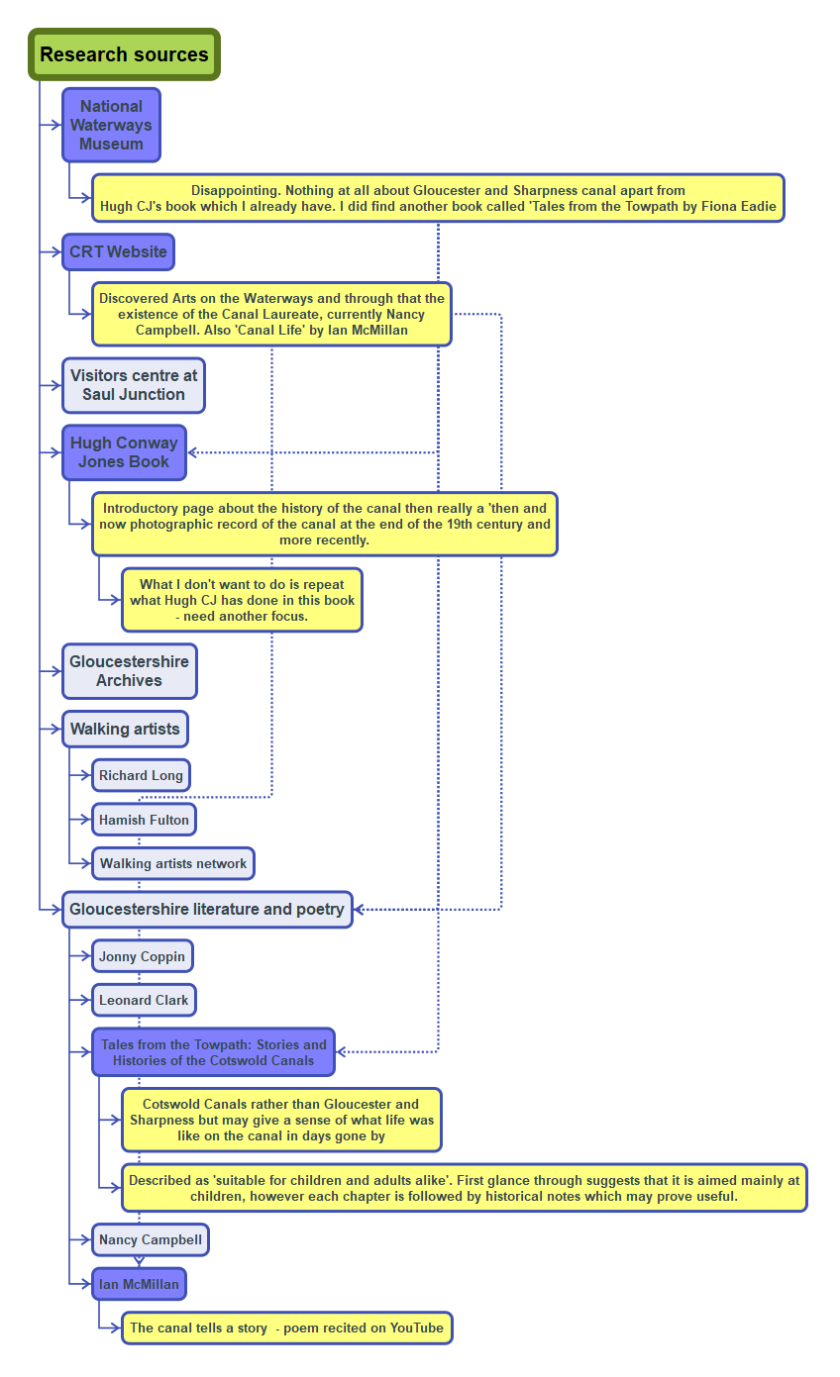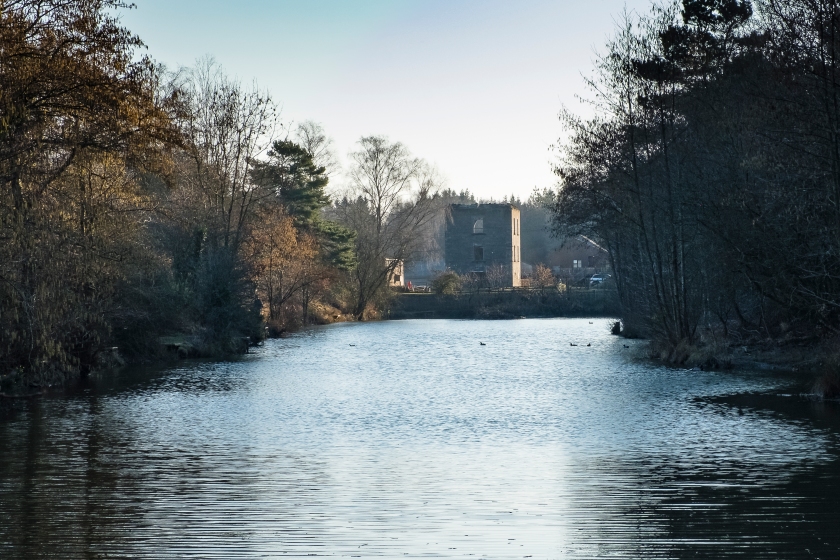Perhaps I’m being over optimistic but it is currently my intention to submit my work for March assessment which means getting it to the OCA by the end of January. Optimistic because I have just started on part 5 and will have no opportunity to go out and take the photographs until the end of September or early October. Furthermore, with the exception of Assignment 4, which I have just revised, each of my previous assignments need some revision. So how can I proceed to meet that deadline without becoming stressed out?
We are about to decamp to Scotland for 3 weeks, part holiday part family duty and it is my intention to take as much with me to work on as I can. There is apparently wifi in the cottage where we are staying, though that is yet to be tested, so intend to do as much research for part 5 as I can in advance and download whatever I find to my iPad so that it can be read whilst I am away. I will also take sets of images that need to be edited down to shortlists and possibly sequenced in a different way from the drafts originally sent to my tutor, the Lightroom Classic app for the iPad is pretty good for that.
For Assignment 1, I will remake the double sided concertina book I made for the Osmosis exhibition at the end of last year. I am fairly happy with the photographs selected but want to revisit the making of the book by printing directly onto the paper used for the book rather than attaching the photographs after the book is made. I am currently researching the best photo paper to use for this and specifically what is available in a square format. This will need to wait until I get back.
Assignment 2 draft was to my mind, a disaster though my tutor thought it was retrievable. I have re-shot the journey but have not really gone through and done as serious edit – I can take this with me. I have also not decided on the format of submission for this; possibly slide show, I can play around with that.
I was over ambitious with my ideas for Assignment 3 book submission, a mix of new and found photographs and text printed on photo paper and vellum. That is all still in there but I have simplified it in my mind as I know that to present a badly thought out book will be far worse than just submitting prints. It is still my intention to make a Japanese stab bound book. I will use double sided photo paper which I am currently exploring. I will still use the found photographs but possibly on separate pages from my own rather than blending them together. Whilst most of this will need to wait until I get back, I still want to use quotes from a book called ‘Forest Voices’ (Phelps, H. 1996), for which I have permission from the publisher, so my holiday job is to take this little book with me and select the most appropriate quotes.
I have just had the latest film containing my Assignment 6 possibilities developed and am hoping to have time to edit those before we head north. It is still my intention to make a tunnel book for assessment and have just bought a new trimmer to cut the apertures in the photographs, this is another possible holiday activity if I get the edit done before we go.
After we get back, I need to crack on with Part 5 and Assignment 5 and hope to be able to do my walks by mid October.
I also need to source more photo paper samples having so far only got a Fotospeed Inkjet test pack, which to be honest is a mixed bag. My preference is usually PF Lustre or Pearl and I have previously used a Fotospeed Platinum Lustre which I really liked but it seems no longer to be available. Included in the test pack are 2 gloss papers which I wouldn’t normally use, and two metallic which have a strange surface. I will download the print profiles and try them out but can’t imagine that they will be suitable for my assessment work. I have no experience of using Matt paper but this seems to be the available option when it comes to double sided so again, experiments are needed.
I have enquired about a book making workshop at The Photo Parlour and Nottingham and been advised that the next one is likely to be at the end of October which will fit perfectly. This workshop comes highly recommended by OCA student Hazel and covers sequencing as well as the practical aspects of making books.
The other thing I need to do concerning the books is research the best fonts to use. Another holiday activity? Maybe but I also want to chill out and enjoy some Perthshire photo opportunities.
Resources:





